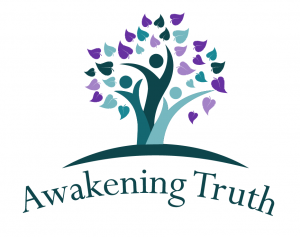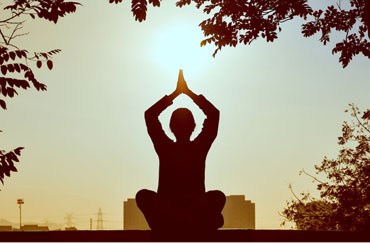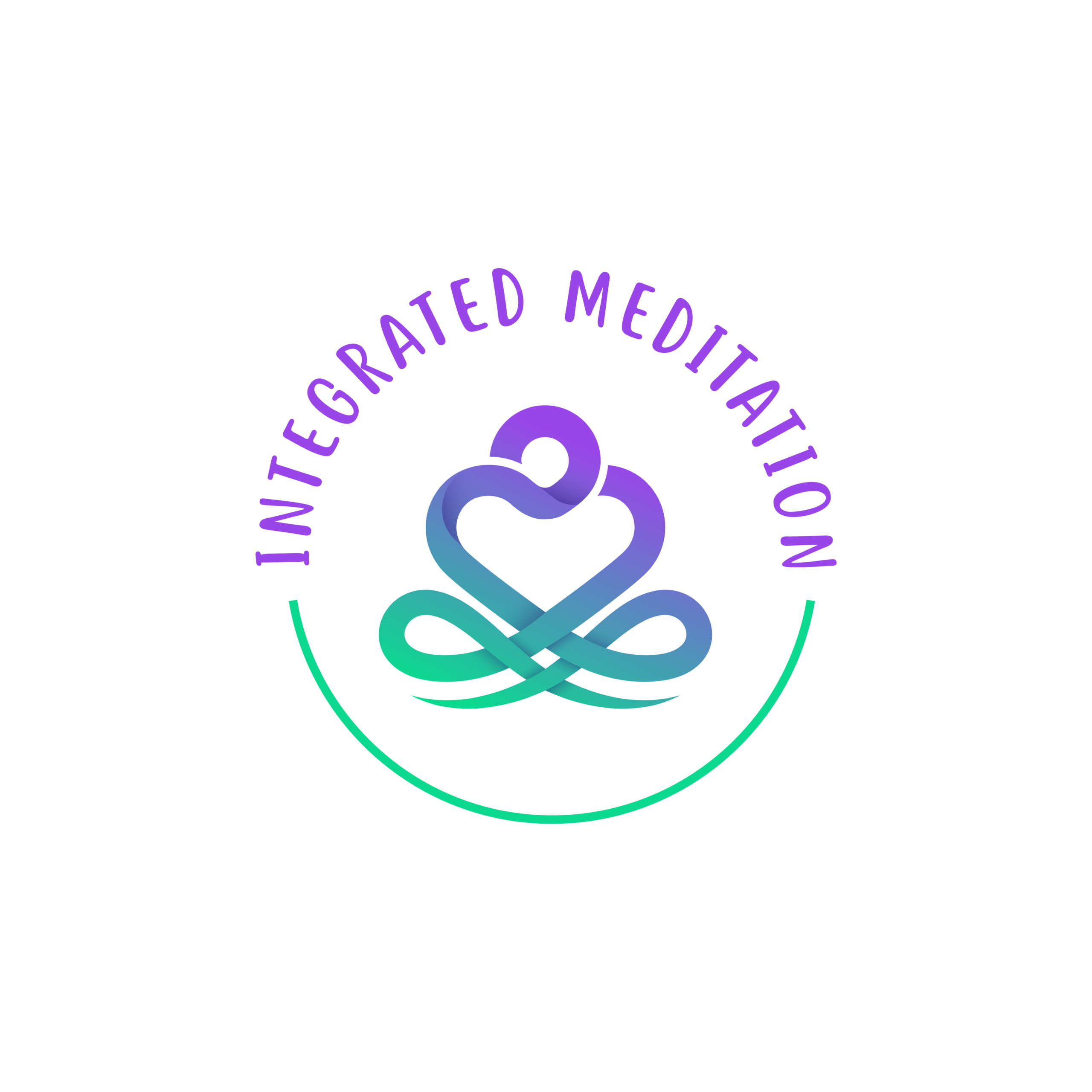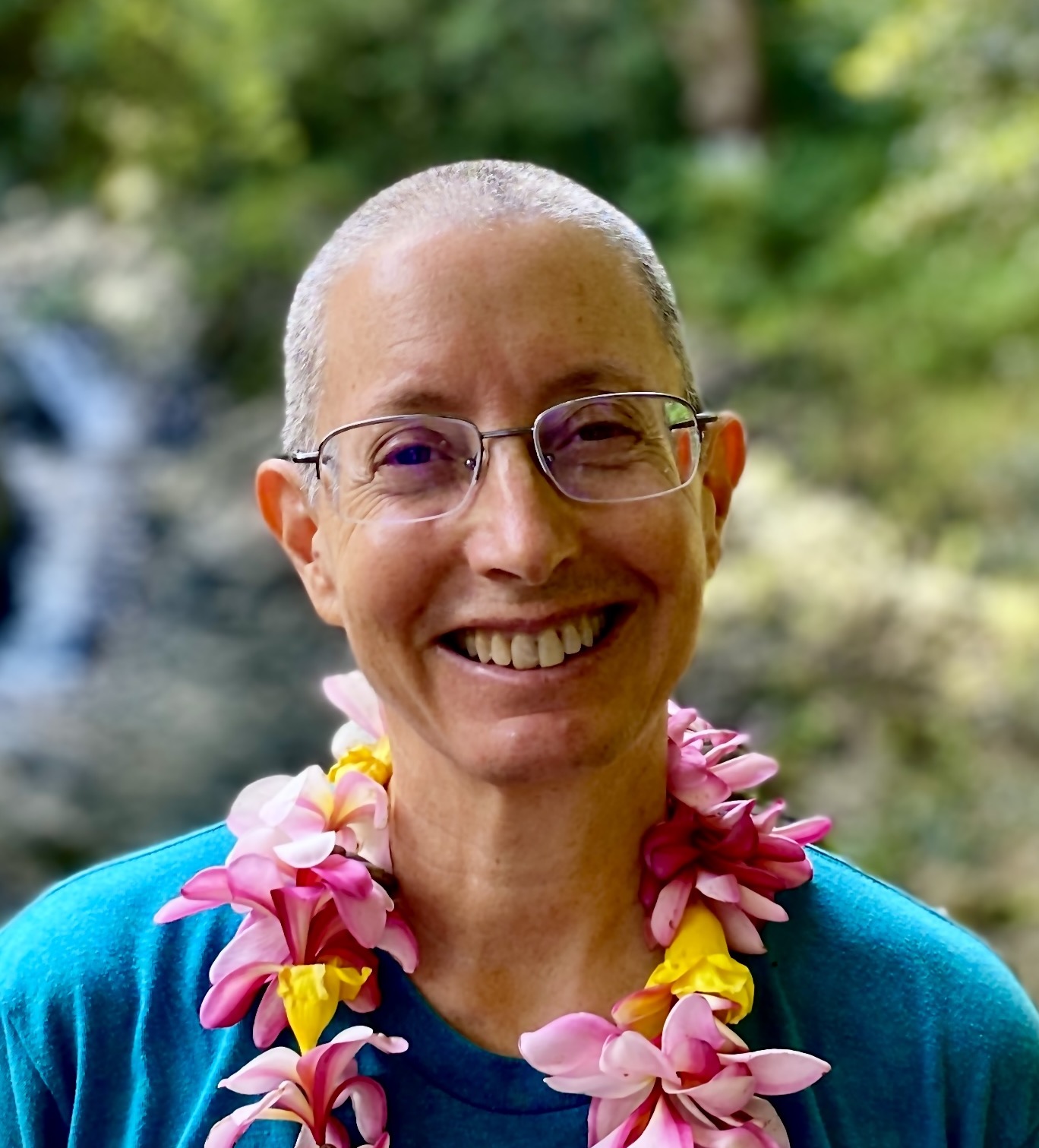
Why It’s Important
As human beings, we have incredible potential within us – the potential to understand our inherent goodness and to lead lives filled with love, joy, and peace. However, for various reasons, these qualities are often out of reach. Awakening Truth is rooted in both modern insights and timeless traditional teachings. Through a blend of time-proven tools drawn from ancient wisdom and a psychological understanding of trauma and attachment formation within our welcoming community, we strive to bridge the gap between this potential and its realization. Our mission is to guide you on a journey that transforms limitations into possibilities, allowing you to embrace the beauty of your true nature and experience the profound changes it can bring to your life.

What You’ll Learn
At Awakening Truth, we provide a rich learning experience that draws from time-tested Buddhist practices, neurobiology, and modern psychology to understand our experience. Our classes offer you the chance to immerse yourself in these practices, fostering the growth of qualities like mindfulness, loving kindness, compassion, joy, and equanimity.
We value the practice of inquiry. This leads us to recognize how observing together in pairs and in groups enhances not only our personal growth and realization but also fosters growth among our fellow participants contributing to integration and the journey of awakening.
Additionally, we’re excited to introduce you to Integrated Meditation, a method that targets early imprints within you. Through this practice, you’ll have the tools to gently reshape deep-seated beliefs, allowing you to thrive.
Our aim is to empower you with these practices, helping you cultivate a deeper connection with yourself and the world around you.
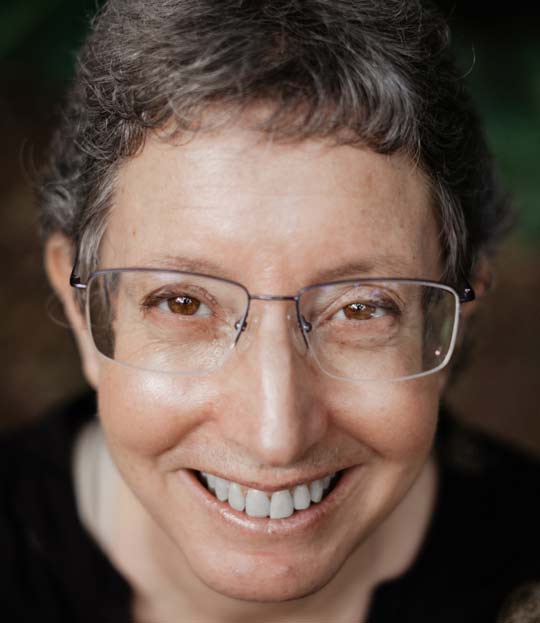
ABOUT
Amma Thanasanti
Amma, a seasoned meditation teacher, and life coach, draws from decades of immersive experience within monastic communities. Her journey, deeply influenced by the wisdom of these environments, revealed that alleviating suffering often demands a broader approach than what conventional Insight meditation practices and ethical guidelines can provide. Her keen awareness of the complexities surrounding individuals grappling with developmental trauma led her to the realization that a more comprehensive strategy was needed.
In 2017, Amma transitioned from her monastic life to civilian living, bringing with her a profound understanding of the intricacies of the human experience and the diverse paths to healing. This transition marked a new chapter in her journey, one where she channels her insights to support others on their quests for authentic growth and transformation.
Amma’s unique perspective, enriched by her immersion in meditation, trauma-informed approaches, and a commitment to personal and collective healing, fuels her mission to foster connection, authenticity, and empowerment. Her teachings are deeply rooted in nature, self-discovery, and meaningful interactions, encouraging the lives of those she guides to navigate their paths with clarity and purpose.
LATEST
BLOG POSTS

Hello friends.
I write from my studio apartment in Piedmont, California where I have been living since July. A recent breast cancer (BC) diagnosis has me preparing for surgery and recovery.
I have been dealing with Lyme disease for years. At a mammogram 6 months ago, the radiologist said that my lymph nodes were suspicious.
“My lymph nodes have been swollen for a few years. It is Lyme. Don’t worry.”
I wasn’t being flippant. Shortly before leaving Hawaii in late 2022, I had a lymph biopsy in the same area and it came back negative. It was fair to deduce after the negative result from the Hawaiian biopsy, the swollen Lymph nodes were from Lyme.
More recently at the breast center, the same radiologist said what was slightly concerning 6 months ago had become somewhat more concerning and ordered biopsies.
I heard the news the day before traveling to Mexico for a writing retreat. Both breast and lymph biopsies came back positive. I have since had a CT and bone scan, and both are clear. My surgeon/oncologist is confident in my excellent prognosis. The surgery date is 31 May. I will know the proposed time a few days before the surgery. I’m settled with my surgical choice, a double mastectomy (DMX). I will need radiation after several weeks of recovery. I don’t know when hormone therapy begins.
Our ground team of family and friends near and far assembled spontaneously to help me research options and plan this. Grateful as it is all way more than any one person could manage.
This week was difficult. There was a big difference between personal reports from friends having this surgery and what my doctor was saying happens post surgery. I felt more confident and settled after discussing these things with Nicole, my physician’s assistant, and with Crystal, who is part of the ground team. I felt tangible relief after successfully negotiating for an anesthesia plan that minimizes using a general and pain meds that minimizes opioids.
The likely scenario is that I will be returning to my studio apartment after one night in the hospital. We are planning for different recovery scenarios – where I need different levels of support for various lengths of time. As my family lives in Colorado and close friends are occupied or far away, we need something that will work in this situation.
The Caring Bridge site gives you more details about what is happening and helps us organize. We are setting up systems for basic support that include an online wish list, mealtrain, errands, home support, and nature trips. We’re hoping our systems to accept offers will be in place by Tuesday, May 28. In the meantime, you can find my wish list on Awakening Truth’s donation page where you can also make donations to help with my stipend while I recover and am unable to make money for the organization.
Your love and support help me access love and support that are innate. Both make it possible for me to move through this intent upon dancing with the blessings and challenges as they come.
Warmly,
Amma

December 21 is a turning point. In the Northern Hemisphere, the darkest time of the year starts to have more light. As we pass the winter Solstice, we count on the nights to get shorter and the days to get longer.
Yet for many, we are burdened with a different kind of darkness, the heavy weight of knowing that some of the suffering in our world won’t automatically get lighter with time.
To bring light to this darkness, it’s important to start where we are at. We can be feeling rage, despair, heartbreak, collapse, fear, grief, guilt, shame, blame, numbness, and not wanting to know. When we are within our window of tolerance, we can have all of these feelings while having a sense of safety in our own body, and some capacity to be aware of our feelings and respond to them.
When we can’t metabolize the suffering, our nervous system compensates. One way is that we can get outside of our window of tolerance. When this happens, the normal range of feelings then becomes exacerbated by being less able to track and respond to them. One of the first things that goes offline when we are outside of our window of tolerance is our capacity to make skillful choices and see things in perspective. We can feel on edge, startle at unexpected noises, have volatile emotions, or be numb.
When I notice this is going on, I recognize it. When I’m agitated, I prioritize calming down and restoring the feeling of safety in my body. Simple things like rocking, humming, nature time, singing, and spending time with loved ones help me. Once inside my window of tolerance, I have different choices in how I respond to the kaleidoscope of feelings that I may be feeling.
When I feel rage, I honor the force coming through and recognize it as a response to harm and violation. I distill and funnel the raw energy into doing what I can to stand for justice, protection, and safety.
Let me take you back to a moment that still impacts me decades after it happened. Picture this: 20,000 Cambodian refugees gathering illegally to hear the revered monk Mahagosananda. He didn’t say a single word. Instead, he began chanting a well-known verse from the Buddha: “Hatred never ceases by hatred but by non-hatred alone does it cease.” Over and over, he kept chanting it, and slowly but surely, the crowd joined in. In the aftermath of their unspeakable suffering, they realized that revenge and hatred weren’t the paths to healing.
When questioning the impact of my actions, I hold onto this truth: even the tiniest light can dispel the darkness. Whether it’s simply bearing witness, standing in solidarity with those in pain, holding others accountable, or offering a small act of kindness—every single one of these actions holds significance and matters.
When I feel despair at how humans can do unspeakable things to each other, it helps me to remember the shadow of monastic life. Even for people who are committed to non-harm, awakening, and have liberating teachings and a lifestyle to support them realizing it, the trauma that isn’t cleared out of a human nervous system perpetuates more trauma.
When I feel numb, I know that as I have more capacity, I will again be able to feel and respond.
When I feel guilty for not doing enough, I have to reconcile the reality of what it takes to keep a roof over my head, food on the table, and stay healthy enough to function. Then I check if the guilt is an old voice that I am not good enough or an accurate assessment that I could be doing more.
Love can touch what is unloved, in ourselves and the world. Love makes it possible to accept our humanness, the joy and sorrow we feel, and focus attention on what we value. We become a beacon of light when love speaks through what we do,
In small and large ways, I’m grateful to be part of this community with you, in this human vehicle during this remarkable time to be alive. I’m grateful for your support, and the Awakening Truth community.
With you by our side, we can continue to offer trauma-informed courses and programs that help us return to our window of tolerance and have more choices in how we respond to what is going on.
Warmly,
Amma

About
Thank you for considering me as your mentor. I value the chance to tell you about myself so you have more information to decide whether what I offer and how I teach is a good fit for your aims and values.
Some significant experiences include: Meditation Master Dipa Ma showing me how transformational loving presence can be. A bear (https://youtu.be/i0S-baljhh8) teaching me the power of refuge and surrender. Being a Buddhist nun for 26 years showing me how to suffer wisely, and where to find joy, love and peace that’s innate. Chronic illness continuing to show me many things including finding the balancing between patience with things as they are and doing whatever it takes.
I am devoted to the pursuit and embodiment of truth personally, relationally, in meditation, and watching others grow. Being an MMTCP mentor allows me to do what I love.
I am passionate about cultivating connection, supporting individuals both in their Dharma practice and their growth as teachers. Regardless of the skill you have already achieved, I invite you to step into your full potential.
I thrive in contexts where everyone can show up authentically, lean into vulnerability and experience presence. This includes understanding how different characteristics of identity – levels of ability, race, sexual orientation and gender identity shape our experiences. As part of this effort, I also emphasize trauma-informed practices, and integrate them into every aspect of the curriculum, and where applicable in mentoring my students.
I invite you to be responsible – know your needs, advocate for them asking for support when appropriate and letting me know when I or another have done something to cause you to feel less safe. I will ask you to take leadership roles in both the peer and mentor groups.
You can expect me to refer to the early Suttas particularly when they differ from the teachings of Western secular Buddhism. I do this in order to empower you in your Dharma practice and in your teaching. My teaching style alternates from relaxed and conversational where I ask you questions to didactic where I share information.
BIOGRAPHY
I was born in 1962 and started meditating in 1979. My first Dharma teacher, Jack Engler, said, “you have to be someone before you can be nobody.” Thus, from the onset of my spiritual path, I have been interested in psychological development alongside awakening. As a gender fluid, queer, white woman of Jewish ancestry, with invisible disabilities, I understand the importance of belonging and the pain of not belonging. I speak intermediary level Spanish.
I was a Buddhist monastic for 28 years. My first monastic teachers were Ajahn Chah and His Holiness Dalai Lama. I became an Anagarika (postulant) in 1989 and received my first nun’s ordination in 1991 in England. I first started teaching Dharma to families in 1989- and ten-day intensive retreats in 1996.
I left formal affiliations with the Ajahn Chah Forest Tradition and returned to the USA as an independent monastic in 2009. The circumstances sensitized me to harmful patterns around power and privilege. Living in monastic communities in different countries for decades showed me several ways that ending of suffering required more than what was available to us from our meditation practices and ethical guidelines; particularly true when individuals were dealing with developmental trauma.
In 2010, I was part of the first dual platform Theravada Bhikkhuni ordination in North America with Ayya Tathaaloka. I co-created a 3-year training combining Dharma study and practice with leadership skills, psychological developmental and community building. I returned to civilian life in 2017.
I have had many teachers, Theravada, Tibetan Buddhist, Non-Buddhist, monastic and lay, and I feel grateful for all of them. Currently, I’m part of the Diamond Approach school – an evolving teaching that leads to the realization of the many dimensions of our human potential and our spiritual nature. My north star is the truth and so I’m more of a Dharma Cayote than a devote. Love and the power of the land teach me and support me every day.
PASSIONS
CULTIVATING: Inquiry, ceremony, land stewardship, singing, writing, and dancing.
DISMANTLING: White privilege, misogyny, patriarchy, homophobia, and climate chaos.
PUBLISHED WRITING:
Awakening Truth Blog posts
Lions Roar
Inquiry Mind
Rebelle Society
Abhayagiri Reflections
Forest Sangha Newsletter
BOOK COMPLIATIONS:
Dipa Ma: The Life and Legacy of a Buddhist Master
Knee Deep in Grace: The Extraordinary Life and Teaching of Dipa Ma
Freeing the Heart and Mind
Awakening Presence
Dancing with Dharma
Let the Light Shine
TALKS and GUIDED MEDITATIONS:
Dharma Seed
Awakening Truth
Read more about Awakening Truth here: www.AwakeningTruth.org
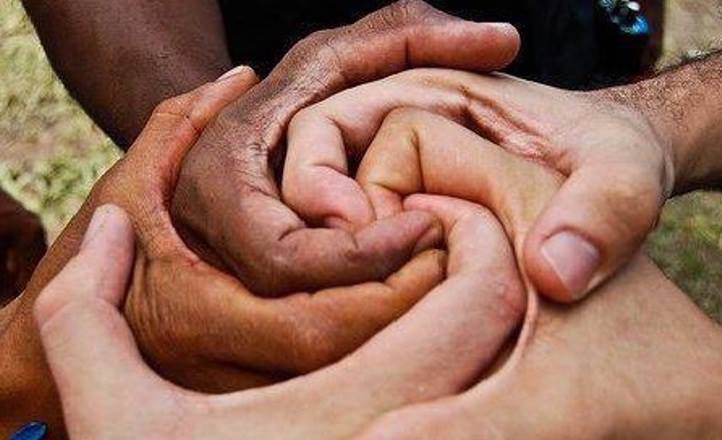
HOW TO
Volunteer!
There are many ways to get involved and to volunteer you can join a committee or just offer your unique services.
- Board of Directors
- Events Promotion and Communication Committee
- Website and Media Committee
- Volunteer Management Committee
Please contact info@awakeningtruth.org for more information.
